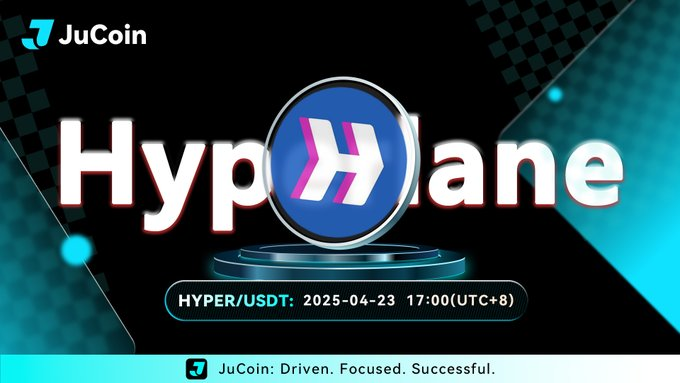What is Hyperlane
Hyperlane is a cross-chain interoperability protocol launched by Binance Wallet in its 11th Token Generation Event (TGE), aimed at solving communication and asset transfer challenges in multi-chain ecosystems through a permissionless infrastructure. As a strategic infrastructure within the Binance ecosystem, the issuance of the HYPER token marks a deeper industry exploration into the utility of cross-chain technologies. The Hyper Token airdrop is one of Binance’s initiatives to continuously innovate and provide value to the community. Participants not only receive rewards but also contribute to the overall liquidity of Hyper Token in the market.

Binance encourages all users to stay informed on eligibility criteria and participation details to make the most of this exciting opportunity. As the crypto market continues to evolve, such initiatives are vital for fostering community engagement and growth.
The core of Hyperlane’s technology lies in its modular verification layer, which allows developers to customize security rules rather than rely on third-party trust mechanisms. As of 2025, Hyperlane has connected over 140 blockchains and processed more than 9 million cross-chain transactions, spanning areas like DeFi, gaming (e.g., Telegram chain game Hamster Kombat), and RWA.
Technical Architecture & Core Strengths of Hyperlane
Unlike traditional cross-chain bridges, Hyperlane adopts a lightweight middleware design, using a “validator network” to ensure the authenticity of cross-chain messages. Technical highlights include:
-
Permissionless interoperability: Any blockchain can join the network by deploying Hyperlane smart contracts, with no centralized approval needed.
-
Flexible security model: Developers can freely choose verification mechanisms (e.g., economic staking, multi-signature), reducing reliance on a single security layer.
-
Low latency and low cost: Optimized consensus algorithms bring cross-chain transaction costs below $0.10, making it suitable for high-frequency use cases like asset transfers in chain games such as Tapswap.
This architecture gives Hyperlane a competitive edge. For example, compared to LayerZero, it offers greater developer autonomy; compared to Solana’s Jupiter DEX, it supports more chains and broader scenarios.
Binance TGE Event Rules & Market Impact
According to Binance’s rules, users must hold at least $20 worth of Binance Alpha tokens during the specified period to subscribe to HYPER. Each token is priced at $0.03 (denominated in BNB), with an individual cap of 3 BNB. Notably, the tokens are unlocked at launch and immediately tradable on DEXs like PancakeSwap. While this enhances liquidity, it may also intensify short-term price volatility (e.g., pump and dump behaviors).
In terms of token allocation, HYPER has a total supply of 1 billion tokens, with 57% allocated to the community and a 12-month lockup for team tokens. This contrasts sharply with popular memefi projects (like Solana meme coins), which often lack clear value support. Through the TGE, Binance lowers participation barriers for retail investors while incentivizing early developers.
Market Positioning & Potential Challenges
Hyperlane positions itself as the communication layer for multi-chain ecosystems, and its success hinges on two key factors:
Ecosystem adoption
It must attract more projects to build on its protocol. For instance, if Telegram chain game Hamster Kombat adopts Hyperlane for multi-chain asset transfers, protocol usage could surge.
Security verification capabilities
Cross-chain bridges are high-value targets for hackers. Hyperlane must demonstrate its resilience through ongoing security audits (refer to JuCoin Institute’s cross-chain security analysis).
In addition, regulatory compliance poses another challenge. The EU’s MiCA regulations impose strict standards on cross-chain privacy protocols, potentially raising protocol iteration costs. Moreover, the tokenomics structure includes a large release in 2026, which could lead to market sell pressure.
What Investors Should Watch
For general investors, participating in Hyperlane requires balancing technological merit with market risk:
-
Tech verification: Monitor on-chain active address count and number of integrated projects (e.g., whether it supports Tapswap or RWA initiatives).
-
Market sentiment: The cross-chain narrative can be hyped (e.g., under memefi criteria); beware of price decoupling from fundamentals.
Over the long term, if Hyperlane continues expanding its ecosystem (e.g., integration with Solana mobile or Telegram Open Network), its value as a foundational layer will become more evident. However, investors should stay tuned to Binance ecosystem trends and regulatory developments to avoid systemic risks.




